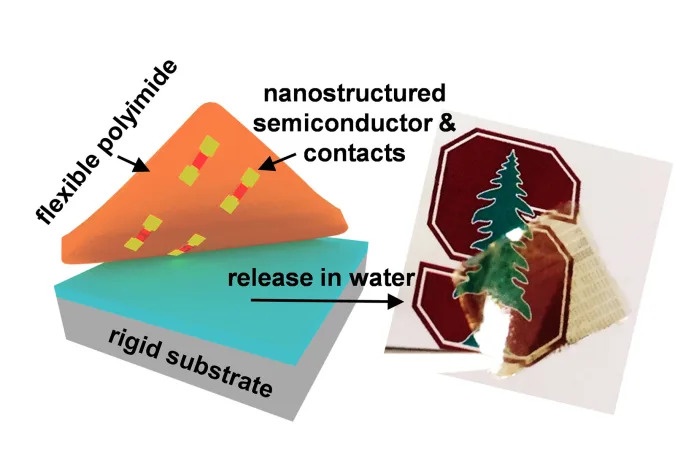Hyundai this morning announced that it has completed its acquisition of Boston Dynamics. The deal, which values the innovative robotics company at $1.1 billion, was announced in late-2020. The companies have not disclosed any future financial details.
The South Korean automotive giant now owns a controlling interest in Boston Dynamics, previously belonging to SoftBank. The Japanese investment company was effectively a transitional owner, purchasing Boston Dynamics from Google, which owned the company for just over three years.
While its time with Softbank wasn’t much longer than its stint under Google/Alphabet X, Boston Dynamics saw the commercialization of its first two products since launching nearly 30 years ago. The company brought its quadrupedal robot Spot to market and this year announced the (still upcoming) launch of Stretch, an updated version of its warehouse robot, Handle.
In a recent appearance at TechCrunch’s Mobility event, Hyundai’s Ernestine Fu discussed the planned acquisition of an 80% controlling interest in the company. Fu noted that Hyundai’s New Horizon Studios has previewed multiple “walking” car concepts that look poised to build on decades of Boston Dynamics research.
“With New Horizon Studios, the mandate is reimagining what you can do when you combine robotics with traditional wheeled locomotion, like walking robots and walking vehicles,” Fu told TechCrunch. “Obviously the technology that [Boston Dynamics] has put together plays a key role in enabling those sorts of concepts to come to life.”
As it has changed hands over the years, Boston Dynamics has long insisted on maintaining its own research wing, which has given us less commercial technology, like the humanoid robot, Atlas. How this will function under the umbrella of Hyundai remains to be seen, though the company does seem to have a vested interest in maintaining a forward-looking approach.
Source: Hyundai completes deal for controlling interest in Boston Dynamics | TechCrunch


